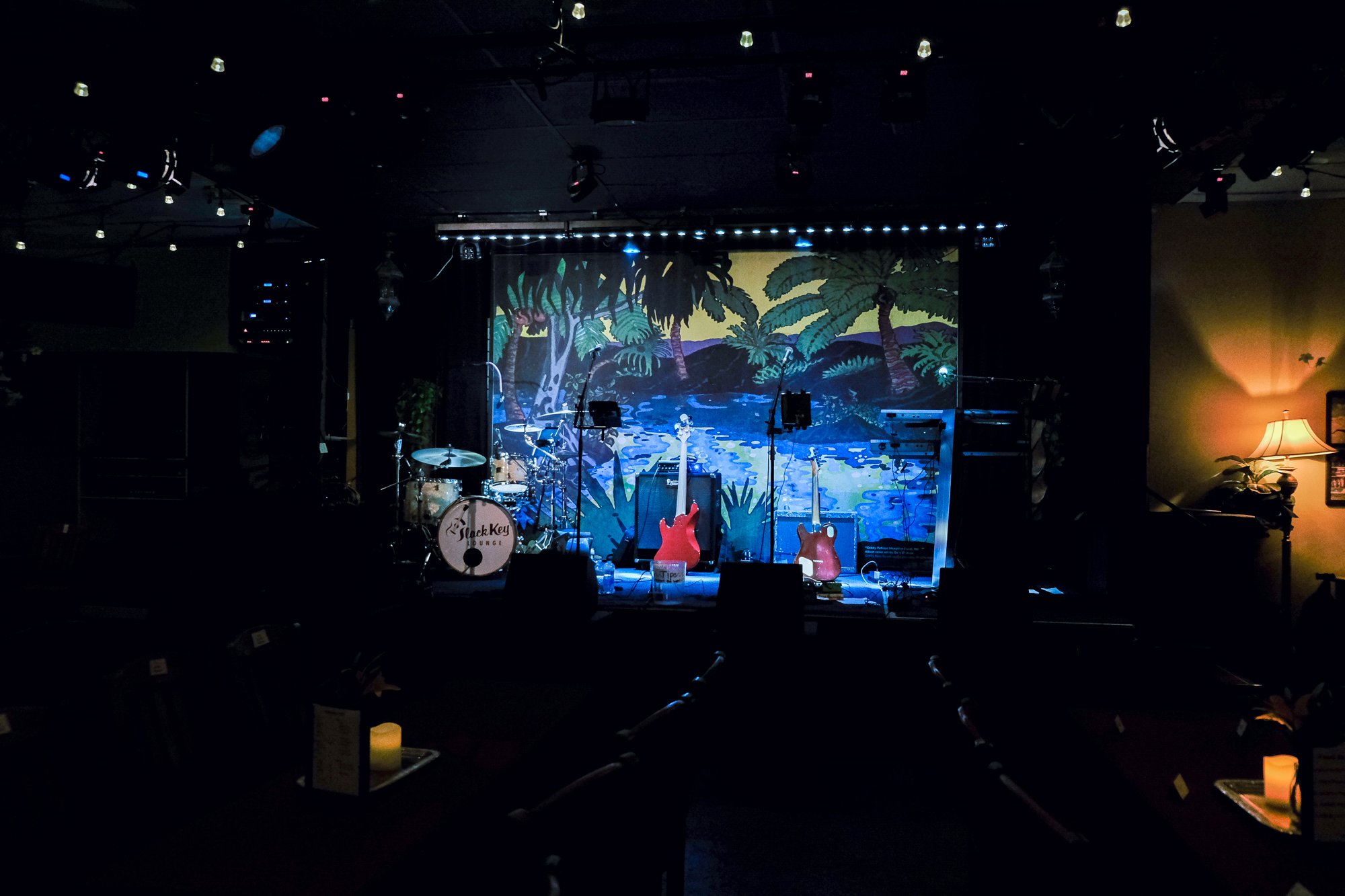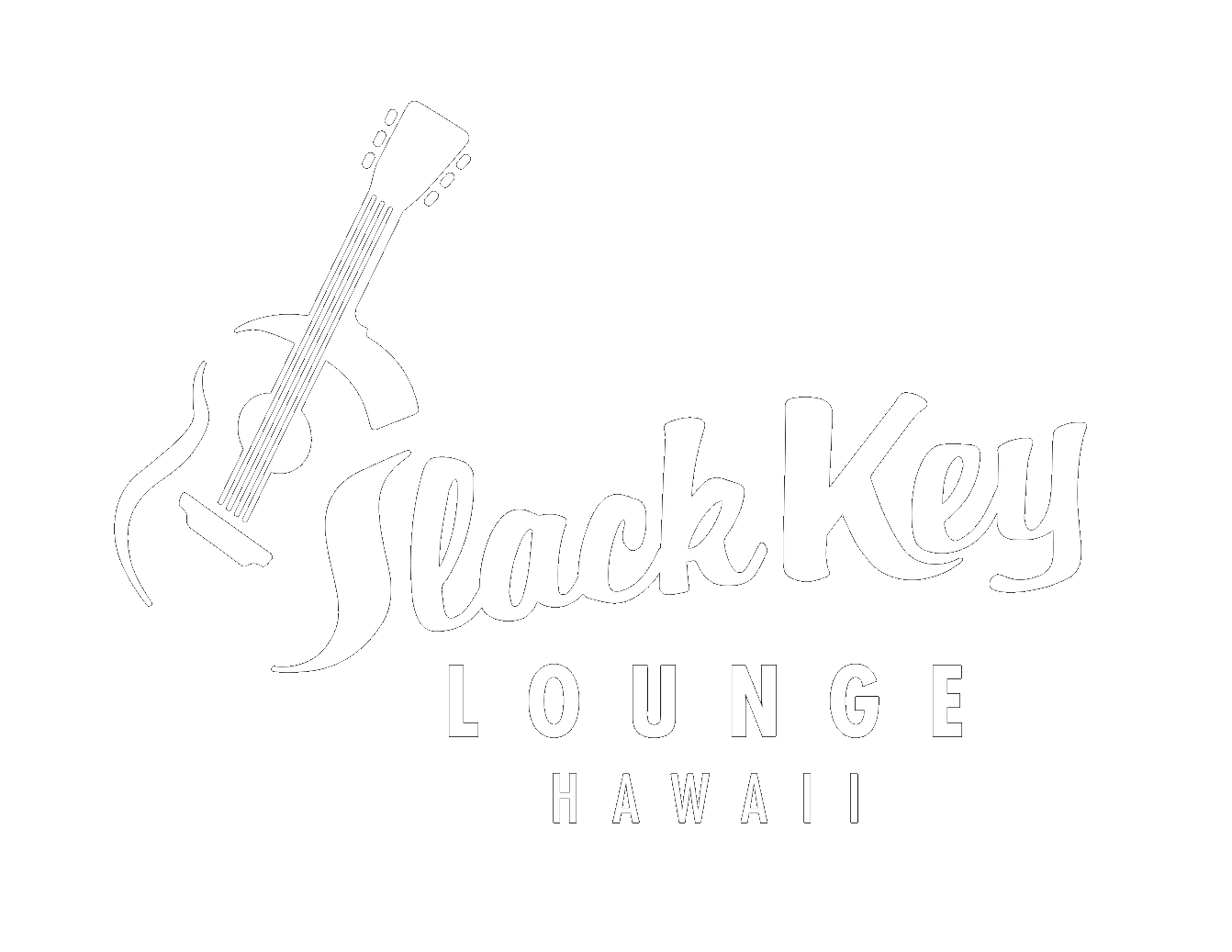Frequently Asked Questions
For performers
Stage
-
The stage is 8’ deep and 16’ wide. Monitors are placed in front or on the sides of the stage.
-
There can be a back line and a front line of performers. Four performers in the back and four in the front is possible, but it will be very tight.
-
Yes, more performers will result in a louder combined stage noise. More performers also means the microphones will be closer together.
Unless all musicians play at a low stage level, it will be more difficult to achieve a good sound mix. If the musicians have loud stage volume, it will cause mic bleed.
Microphones are set up for the vocalists, guitar amps, and some drums. The bass amp and keyboards will also be put in the system or monitors. Additionally, loud drummers, loud guitar amps, and loud stage monitors will bleed into the microphones designated for different sounds (i.e., a vocalist’s microphone).
Equipment
-
Monitors:
(6) 12-inch Meyer’s EAW Microwedge stage monitors, each with their own dedicated mix
Microphones:
Multiple Shure 58 & Shure BETA 58 for vocals
Multiple Shure 57 or Sennheiser e609s for guitar amps, drum mics
(1) Wireless Shure Mic
Microphone Stands:
Multiple straight stand
Multiple K&M boom stands
DI Boxes:
(4) BSS 133s
Guitar & Bass Amps:
(1) Fender Blues Deluxe - 40 watts, 12” eminence
(1) Fender Hot Rod III - 40 watts, 2 channels with a Celestion Century Vintage speaker.
Fender Rumble 200 head + Ampeg SVT 410 cabinet
Drums:
(1) Pork Pie Kit
Kick: 20” wide & 20” deep
Toms: 10”, 13”, and 15”
Snare: 13”
We have a very basic set of cymbals, a round seat, and drum hardware. We encourage you to bring your own cymbals and snare.
Mixer Board:
Allen & Heath QU16 - 16 channels
It’s a digital board that is like an analog board in layout. We have 2 channels hooked up to a pair of microphones located in front of the stage on the ceiling. This is for ambient sound for in-ear monitors or for recording. We also use an iPad on Bluetooth for the front-of-the-house mix.
-
Yes, as long as it’s equal to or better than the mics we provide. Be aware that mics that sound good in practice may perform differently in a totally different environment. If you bring a microphone that requires phantom power (48 volts), make sure you let the sound engineer know so the channel can be muted before you unplug your mic.
-
Please use proper microphone technique. Keep the microphone close to your lips and sing at a solid level. This is very important if you are in a loud band. The more we must turn you up, the more likely feedback will occur.
If your voice is too soft or too loud for you on the stage monitor, here’s how to communicate with the sound engineer while you are on stage:
To lower the volume of your voice on the monitor, point to your lips, point to the monitor, then point down.
To increase the volume of your voice on the monitor, point to your lips, point to the monitor, then point up.
Keep pointing until we reach your desired level. When the volume is right, nod yes.
Don’ts:
Don’t place your hand around the microphone in a manner that touches the side of the grill. This will cause feedback.
Don’t point your mic at the stage monitors. This will cause feedback.
Don’t squat while talking or singing to avoid getting close to the stage monitors and potentially causing feedback.
-
Yes, but keep in mind that we have a small stage and a small room and that you will be reinforced through the main speakers.
For guitars, we recommend amps of no more than 40 watts and cabinets with no more than 2 speakers.
For bass, 500-watt amps and half stack size 4x10 cabs would be the most you would need.
-
We will run your ¼” jack into one of our BSS 133 DI boxes. This will be played back in your stage monitor mix. Remember to check your cords and batteries before the show. If you are waiting to go on, pre-tuning is appreciated.
Setup & Soundcheck
-
Band members are welcome to come in and set up their gear on stage. The sound engineer will come in and connect the microphones and inputs at the time requested by the band. At this time, the clock will be running for the hourly sound fee.
When everything is set up, we will run soundcheck. All band members must be on the stage at this time. After levels and stage monitors are set, the band will be asked to play a song or two. Soundcheck should be finished at least 30 minutes before the show. Audience members should not be admitted until sound check is completed.
-
We recommend that we check the headliner and the opening band. The middle bands will do a brief check before their sets.
-
Fill out our Band Stage Info Sheet. This will allow the engineer to plan the layout of our board and the equipment needed before the show.
-
We have two levels of parking stalls available for you to park your car in. If you have lots of stuff, you’re welcome to pull into the stalls right in front of our building and drop off your gear. However, we like to keep these stalls open for VIPs or pedestrians, so once your gear is inside, please move your car to a stall that isn’t directly in front of our building.
Inside, there is an area stage right to store small gear bags, but we would appreciate it if you returned your bulky carts or covers to your car to save space.
Recording
-
Yes, you can. If you plan to record, send us details about what you have in mind–especially if you have a seated show. If you plan to bring tripods, we’ll need to know before we do a seating layout for your show.
Lighting & Camera: We use low-level dramatic lighting on our stage. A smartphone does well in low light and can do a pretty good job of getting you some simple video with sound. If you’d like an enhanced option, we recommend bringing a professional camera with its own microphone. Be aware that older video equipment may not do well in our low-light environments.
Seating & Tripods: Please note that while we place as many seats as we can to accommodate guests and ticket sales, even a regular tripod will take away a seat. Large tripods take away four seats and are not allowed for regular seated shows. Additionally–because camera tripods are tripping hazards, we request that you bring straight-type stands.
Equipment Liability: Owners, staff, and customers are not liable for any damage that may occur to your equipment.
-
Yes, let us know that you wish to record your show and we can put you in contact with videographers who are familiar with our setup.
-
You can request an audio recording from our mixing board.
If you plan to do this,
Bring a USB portable drive compatible with our Qu16 board. A device compatibility list can be found at https://www.allen-heath.com/usbdevicelist. Your show will be multitrack recorded for you to mix in post, or a stereo track will be recorded via the master outputs from our board.
Bring your own recording device and a set of headphones. We will run you a mono or stereo line from a dedicated mix bus on our board and you can set your own levels going into your own recording device.
Notify us in advance. The sound technician will be busy trying to get a good mix for the audience. Requests of this type will add about 30 minutes for setup, testing, and setting levels.

Still need support?
Email us at joinus@slackkeylounge.com
or call us at (808) 946-1343.
